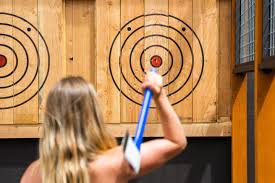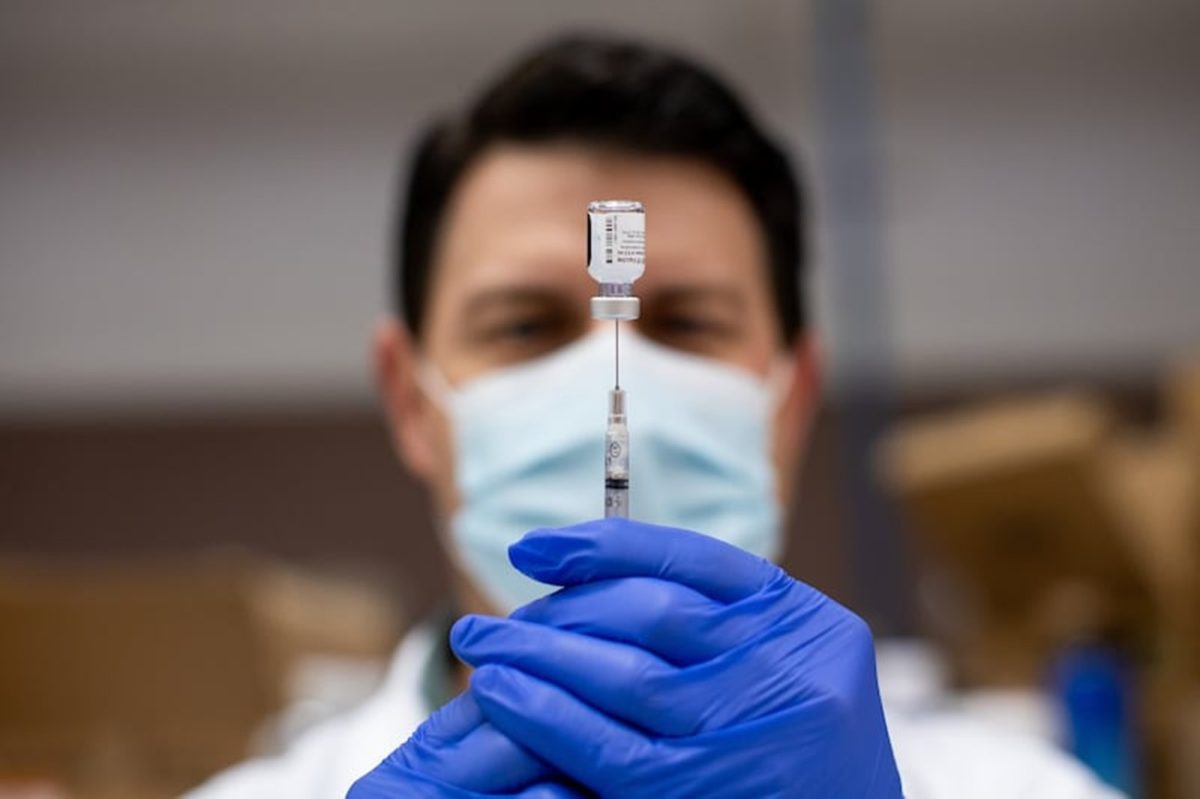When you go to the doctor and get a vaccination, do you wonder how these vaccinations were developed? Do vaccines really benefit us in the way medical professionals say they will? Vaccinations have been a crucial part of our health for decades. However, even though with the years they have been out, there are still many questions on the development. I want to explore how they are created, how science supports their usage, and how they remain and essential tool in the safety of our health.
So how are vaccines developed? Vaccines are first designed to help the body by stimulating the immune system. According to the world health organization, the process begins with scientists studying the virus or bacteria that causes a particular disease. Once they have understood the pathogens’ structure and how it affects the body, the begin creating a vaccine that can trigger an immune response without causing an illness.
It has a few crucial steps that it must go through. First you identify the part of the pathogen that can be used to prompt the immune system like I explained above. For example most recently we saw the development of the COVID-19 vaccination. Scientists focused on the spike of protein of the virus. They did so because the virus allows itself to enter in human cells. After this was identified research created a protein of the virus. Then it was introduced into the body through the vaccination.
But that is only the first step that I just the creation, not the testing. All vaccinations must go through several phases of testing. Phase 1 is when the vaccine is given to a small group of volunteers. These volunteers must understand how the drug is processed in the body, be physically healthy, and typically have the disease or condition.
Phase 2 the vaccine is now moved to a large group of people to test its effectiveness. These people will have the same requirements. However, often in phase 2 is when elderly people and people with disabilities will be introduced into the phase. They will now collecting more safety data.
Finally, phase 3 the vaccine is testing on thousands of people. It is now making sure it works across different populations. This is now providing enough protection against the disease. At this point it gets approved by the FDA and is administered to the public.
So how does science support the reasoning behind vaccinations? The science is in the immunology which is the study of how the body defends itself against bacteria and viruses. When receiving a vaccination our body will recognize how to fight off specific pathogens. According to the world health organization, vaccines help the body recognize those invaders more quickly. Which means those antibodies remain in the body, so if the bacteria or virus enters the body the body responds much faster to prevent the illness.
This has been proven to work repeatedly in the many clinical trials throughout vaccinations. For example, the COVID-19 vaccinations were tested on tens of thousands of people with varieties of conditions. These trials showed that the vaccines could reduce the risk of illness, hospitalization, and death from the virus.
In addition to preventing diseases like smallpox and polio, vaccines are essential in the fight against other infectious diseases. For example, vaccines save 2-3 million lives each year by preventing diseases like measles, diphtheria, and tetanus. Even though we now have modern medicine to treat some of these diseases, prevention is far more effective than trying to cure them after infection.
One recent example of the importance of vaccines is the COVID-19. When the virus spread globally, many governments turned to vaccines to help control the outbreak. Even though vaccines became available quickly, the scientific community worked tirelessly to ensure their safety and effectiveness. Vaccination campaigns worldwide have played a critical role in reducing the spread of the virus and preventing further loss of life.
However, there are still some people who question the safety and effectiveness of vaccines. Some of this skepticism comes from misinformation or a lack of understanding about how vaccines work. For example, during the COVID-19 pandemic, some individuals and groups expressed hesitation about getting vaccinated, even as medical experts emphasized the benefits. This reluctance has caused some communities to struggle with achieving high vaccination rates, which can slow down efforts to control the spread of disease.
in places like Salt Lake County, Utah, the decision to implement safety measures like mask mandates and vaccine requirements has been a point of discussion. According to an article from Deseret News, Salt Lake County Mayor Jenny Wilson expressed concerns about continuing the mask mandate, stating that she wanted to focus more on encouraging people to get vaccinated rather than enforcing mask-wearing. This shift in focus from mandates to voluntary vaccination highlights an important conversation about how best to balance public health efforts and individual freedoms.
Despite some ongoing debates, vaccines remain one of the most effective ways to protect public health. Widespread vaccination can prevent outbreaks, save lives, and reduce the strain on healthcare systems. The more people who get vaccinated, the closer we get to achieving herd immunity, where enough people are protected against a disease to stop it from spreading easily.
Vaccines are an essential part of our healthcare system, helping prevent deadly diseases and saving millions of lives each year. The development of vaccines is a rigorous process that involves scientific research, testing, and careful monitoring to ensure their safety and effectiveness. The science behind vaccines shows that they work by training the immune system to fight off harmful pathogens. Despite some ongoing debates and skepticism, vaccines remain one of the most powerful tools we have for protecting individual and public health.





























